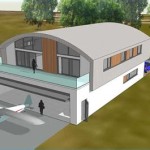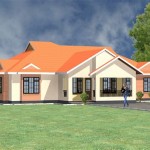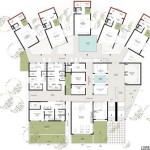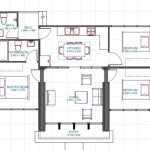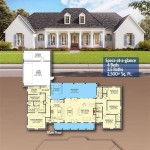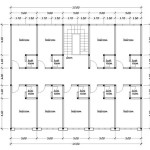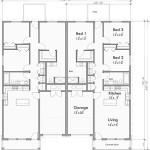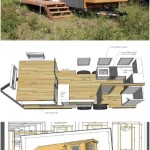Building Plans for Sloping Lots
Building on a sloping lot presents unique challenges and opportunities compared to construction on a flat site. Careful planning is crucial to maximize the lot's potential while mitigating potential issues related to drainage, stability, and accessibility. Understanding the intricacies of sloping lot construction allows for the creation of stunning and functional homes that integrate seamlessly with the natural landscape.
One of the first steps in planning for a sloping lot is to obtain a thorough site survey. This survey provides critical information about the topography, including the degree of slope, the location of existing trees and vegetation, and the presence of any rock formations or other geological features. This data informs the design process and helps determine the most suitable building footprint.
Several foundation types are suitable for sloping lots, each with its advantages and disadvantages. A walk-out basement is a popular option, offering additional living space that opens directly to the backyard. This design takes advantage of the slope, creating a multi-level home with natural light and views. A crawlspace foundation can be a cost-effective choice for moderate slopes, providing access to utilities while minimizing excavation. For steeper slopes, a stepped foundation, which follows the contours of the land, may be necessary. This approach involves creating a series of terraced foundations that support the structure at different elevations.
Drainage is a critical consideration for sloping lots. Improper drainage can lead to erosion, foundation damage, and landscaping problems. Effective drainage solutions often incorporate retaining walls, swales, and French drains to redirect water flow away from the structure and prevent soil erosion. Careful grading and landscaping further enhance drainage and contribute to the overall aesthetic of the property.
Access and driveway design are also important factors. Steep driveways can be challenging to navigate, especially during inclement weather. Switchback driveways, which incorporate curves and gentler inclines, offer a safer and more manageable solution. The placement of the garage and the main entrance should be carefully considered to minimize the impact of the slope on accessibility.
Designing a home for a sloping lot often involves maximizing views and natural light. Large windows and strategically placed decks and patios capitalize on panoramic views and create seamless transitions between indoor and outdoor living spaces. Orientation of the home can also optimize solar gain for passive heating and cooling.
Landscaping plays a vital role in integrating the home with the surrounding environment. Terracing can create level areas for gardens, patios, and outdoor activities. Native plants and drought-tolerant landscaping minimize maintenance and enhance the natural beauty of the slope. Retaining walls, in addition to their drainage function, can also serve as aesthetic features, adding visual interest and creating defined outdoor spaces.
Working with an experienced architect and builder specializing in sloping lot construction is essential. They can provide valuable insights into design options, construction techniques, and local building codes specific to sloped sites. Their expertise ensures that the home is structurally sound, aesthetically pleasing, and functionally optimized for the unique challenges and opportunities presented by the sloping terrain.
Construction costs for sloping lots can be higher than for flat lots due to the increased complexity of the foundation, drainage systems, and site preparation. Accurate cost estimation is crucial for effective budgeting. Factors affecting cost include the degree of slope, soil conditions, access to the site, and the complexity of the chosen design.
Careful consideration of local building codes and regulations is paramount. Regulations often dictate setbacks, building height restrictions, and drainage requirements specific to sloping lots. Compliance with these regulations ensures the safety and legality of the construction project.
Choosing the right building materials is another important factor. Materials should be durable, weather-resistant, and suited to the specific conditions of the sloping lot. Consideration should be given to the aesthetic impact of the materials and their ability to blend harmoniously with the surrounding landscape.
Regular maintenance is essential for homes built on sloping lots. This includes monitoring drainage systems, inspecting retaining walls, and maintaining landscaping to prevent erosion and ensure the long-term stability of the structure. Proper maintenance protects the investment and preserves the beauty of the home and surrounding environment.
Building on a sloping lot offers the opportunity to create a unique and visually striking home that takes full advantage of the natural terrain. Careful planning, collaboration with experienced professionals, and meticulous attention to detail are key to realizing the full potential of these challenging and rewarding building sites.
A Guide To Sloping Lot House Plans
House Plans For A Sloped Lot Dfd Blog
A Guide To Sloping Lot House Plans
Small House Plan Ch58
Duplex For A Down Sloping Lot 8188lb Architectural Designs House Plans
Plan 64452sc House For A Rear Sloping Lot Architectural Design Plans Architecture
Sloped Lot House Plans Down Slope The Designers
Home Plan Ch507
Plan 026h 0113 The House
Plan 80780pm 2 Bed Modern House For Sloping Lot Plans Design

